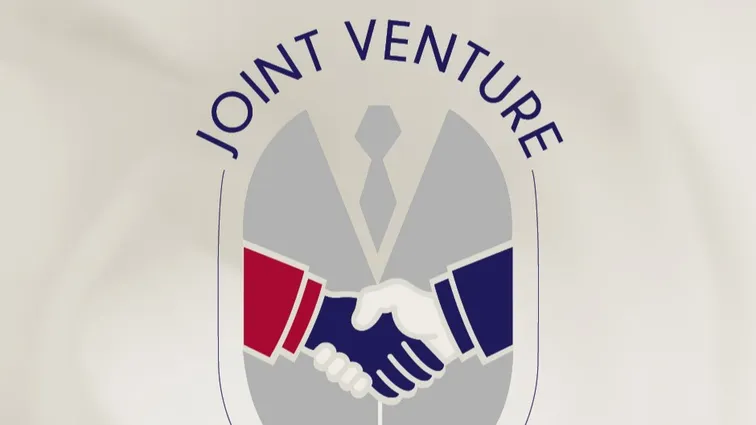How to properly establish voting rights in a company? Can each shareholder have a different number of votes, or each vote have a different weight? What are the different types of voting rights?
The importance of setting voting rights correctly
Decision-making is a key part of any company's activity. Every business entity, irrespective of scale or corporate structure, must establish clear frameworks regarding how critical operational decisions are adopted. The allocation of voting authority constitutes a fundamental legal safeguard, promoting both operational efficiency and equitable shareholder representation while mitigating potential shareholder disputes.
How do voting rights work?
Shareholders’ voting rights are typically proportional to their equity stake in the company. For example, a 40% equity ownership typically confers 40% of the voting power. However, the company may adapt these rights to accommodate the distinct requirements of the organization and its shareholders.
In addition, the company’s founding document can be amended to introduce different classes of shares or ownership interests with varying voting rights. For example, each Class A share may carry 10 votes, while each Class B share may carry only 1 vote. Similarly, different types of ownership interests can be defined in a limited liability company.
Potential adjustments to voting rights
1. Proportional voting rights: Under the standard model of proportional voting rights, the number of votes allocated to shareholders is commensurate with the size of their stake in the company.
2. Disproportionate voting rights: Under the company's articles of incorporation, shares of equal value may be granted varying voting rights. For example, certain shareholders may possess shares that grant them disproportionately greater voting rights relative to their overall equity stake in the company. Similar applies in relation to a limited liability company.
3. Veto power: One or more shareholders may be granted veto power, allowing them to reject key decisions impacting the company’s operations, such as amendments to the articles of association, corporate reorganisations, or share transfers.
How to avoid conflicts in the decision-making process?
Clearly defining who has voting authority and the specific voting rules to be followed is crucial for avoiding disagreements. Here are some recommendations on how to avoid such problems:
1. Clearly defined rules: The founding legal documents or shareholder agreement should outline detailed procedures for resolving individual matters.
2. Mechanisms for deadlocks: To resolve deadlock situations where voting rights are evenly split (e.g. 50/50), it is critical to implement mechanisms such as third-party arbitration.
3. Rules for key decisions: It is advisable to identify the specific decisions that necessitate a qualified majority or unanimous shareholder approval, versus those that can be authorized by a simple majority vote.
4. Protection of minority shareholders: Rules should be implemented to protect the equitable interests of minority and majority shareholders alike.
Practical examples of voting rights rules
1. Division of powers between the general meeting and the executive body: The articles of association may provide that decisions on critical matters are subject to the approval of the general meeting.
2. Strategic decisions: Significant business decisions, including changes to the business plan or major capital investments, may necessitate a qualified majority vote (e.g. 75% of votes) for approval.
3. Voting rights by shareholding: Companies may introduce different classes of shares or different types of ownership interests with different voting rights. Class A Shares or Class A Ownership Interests may be entitled to 10 votes per share or ownership interest, whereas Class B Shares or Class B Ownership Interests may only confer 1 vote per share or ownership interest.
Risks resulting from improperly defined voting rights
1. Deadlocks: An equal division of shareholder votes (e.g. a 50/50 split) may result in a deadlock, rendering the company unable to take action on corporate decisions.
2. Abuse of majority shareholding: Majority shareholders may make decisions that run counter to the interests of minority shareholders.
3. Insufficient protection of minorities: In the absence of well-established rules, minority shareholders may find themselves easily outvoted.
Conclusion
Establishing clear voting rights and decision-making protocols is critical for ensuring the company’s efficient operation and mitigating conflicts among shareholders. Defining a set of clear, equitable guidelines that address the requirements of all concerned parties is essential.
HAVEL & PARTNERS boasts extensive experience in establishing voting rights and decision-making protocols. We will be pleased to develop a tailored solution that will bolster your company’s sustainable growth.









